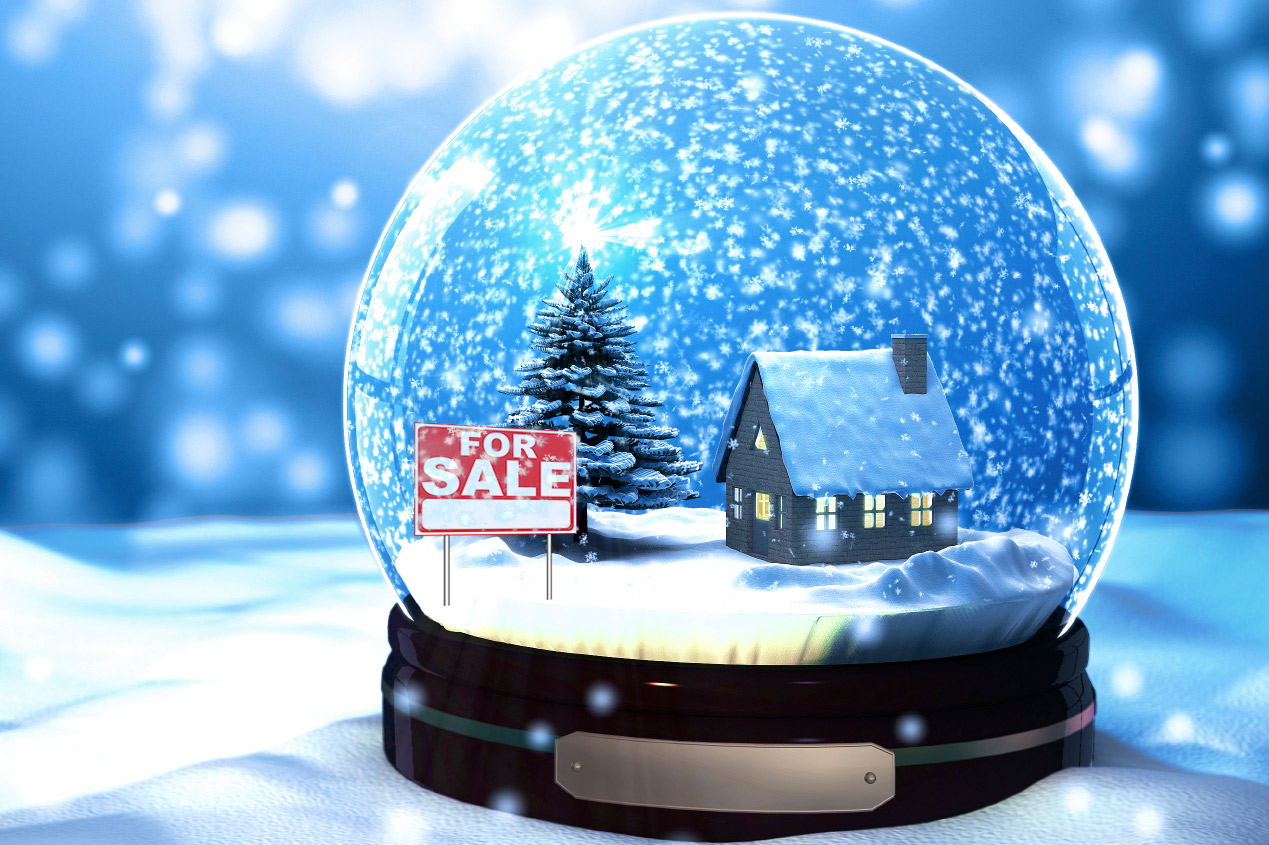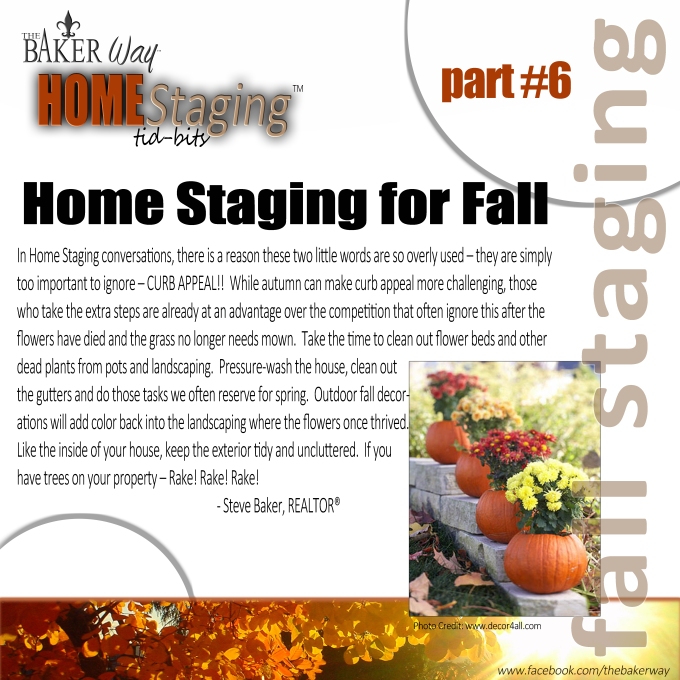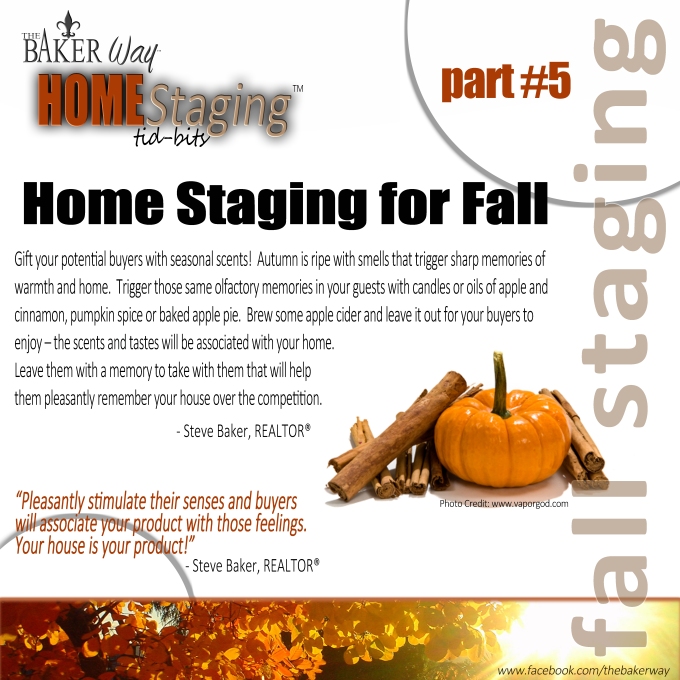HOME INSPIRATIONS
6 Ways to Supersize Your Small Kitchen for the Holidays
With Thanksgiving around the corner, odds are you’ll soon be spending plenty of time in your kitchen. (Maybe even way more then you want!) Adding to the holiday stress levels: if your culinary workspace is tight, turning out meals for a crowd may be a real challenge, especially with more helpers (aka family members) around. Don’t panic! You still have time for some kitchen-organizing hacks that can bring some order to the chaos. Plus, you can get inspiration for how to maximize your small space for next year.
1. Plan where everything will go
Before you head to Williams-Sonoma and start swooning over gravy boats shaped like roasted turkeys, take stock of what you already own and plan out how you’ll organize everything, says Susie Kurkowski, owner of Items of Interest, a home decor boutique in Brooklyn, NY.
You may have to do a holiday-specific reorg—as usual, the items you’ll use most (such as dishes, cups, and mixing bowls) should be within arm’s reach, but you’ll also need to get out your heirloom casserole dishes and other items for serving. After the big meal, those special-occasion dishes can go back into storage where they’ll be safe but won’t get in the way of your daily routine.
You’ll also want to limit the number of small appliances (just stick them in a closet, if there’s nowhere else) on your countertops, to free up prep space. And again, when the festivities are over, you may want to rethink what you put back out. The Keurig you use daily? Yes, that can remain. The dusty waffle maker you got as a wedding present and haven’t used since 2009? Say adios!
2. Pimp out your cabinets with custom inserts
Whether you inherited an antique kitchen with equally outdated shelving or you’re starting from scratch, it’s smart to buy custom inserts to organize each nook and cranny, Kurkowski says. You’ll be able to put away more things—without putting them out of reach. She recommends Rev-A-Shelf’s products, which include pullout inserts, Lazy Susan spinners, tray dividers, and door storage.
“Sometimes store-bought cabinets come with weak shelving and inserts that don’t last, so it’s best to buy those items separately,” Kurkowski recommends. “Position like items such as dishes, bowls, and cups close together to make them easy to access, and use the inserts to store all of your small appliances, spices, and other necessities to keep them out of sight and off your counters.”
3. Invest in new appliances
Switching out appliances is one of the easiest ways to bring style, increased efficiency, and a higher resale value to your petite kitchen, Kurkowski says. Although stainless steel has been the preferred choice for the past decade, white appliances are coming into vogue. Certain sizes are considered the standard, but you can opt for smaller appliances to gain more storage inches in your cabinets. Just pay attention to the height, width, and depth. Most modern appliances are deeper than what you probably have now, and you don’t want new appliances to stick out past your countertops.
4. Go easy on color
If you want to add a touch of style, just know that small kitchens are not the place to let loose with dramatic hues. Choose a more subtle color, says Allison Petty, an interior designer with Homepolish. Just like with other small spaces, keep darker colors at the bottom of your kitchen and use lighter shades higher up. More and more homeowners are opting to paint lower cabinets a darker shade, like gray, and the uppers with a creamy white for contrast, Kurkowski says. The effect is dramatic: It brings the eye up and makes your kitchen appear more spacious.
That said, be careful with the backsplash, which is already in shadow. A white subway or hexagon tile goes flawlessly with most kitchen designs instead of dark granite or mosaic tile, Kurkowski says. Adding a backsplash is an inexpensive and dramatic way to add some visual pop, as long as you keep colors neutral.
5. Open up your space with light
Your kitchen is no place to skimp on lighting. Use bright lights over workspaces, Kurkowski says. If you’re blessed enough to have an island, invest in a showstopper light fixture. Hudson Valley Lighting has plenty of beautiful options. Recessed lighting for the rest of the kitchen works fine, but Kurkowski thinks track lighting is even better.
“If you put a track in a suspended rectangle junction box in your kitchen, you can have up to 12 lights on one track and point them at different areas in the kitchen,” Kurkowski notes. “It is less expensive than installing several fixtures that each require their own junction box.”
6. Give old cabinets and countertops new life
Don’t have the funds for a complete gut and reno? No worries: You can transform your outdated cabinets with paint, Petty says. A popular option with avid DIYers is Annie Sloan Chalk Paint. Another low-cost, eye-popping transformation is to change out or add new knobs and pulls, which can update the look of your kitchen without breaking the bank.
There’s no beating around the bush: Countertops are expensive to replace—even in small spaces. You’ll spend at least $4,000 for engineered quartz (a hot option right now). If you don’t have the money for a complete upgrade, consider painting laminate surfaces with Giani Countertop Paint (available at your local home improvement store for under $100).
Why You Should Never Buy the Best House in the Neighborhood
When you’re house hunting, finding an amazing house in your location of choice that doesn’t require much additional investment seems like a huge score.
But is it really? Before making an offer on that picture-perfect home, take a look at the surrounding houses. If they’re all in disrepair—or just obviously less nice than the one you’re considering—you might be buying the most expensive house in the neighborhood.
Maybe that seems awesome because you’ll get bragging rights and price of place! But more than likely, it’s going to hurt you. Here’s why.
Someday you’ll need to sell it
When you’re in the throes of buying a home, it’s easy to forget that the place you’re busy buying will someday be the place you’re selling. And when it comes time to sell, unloading the priciest home on the block will be a challenge.
“A lot of buyers forget a home is an investment,” says Brendon DeSimone, a real estate expert and author of “Next Generation Real Estate.” “The world changes. Things happen fast. People transfer, people lose their jobs. Now imagine yourself as the seller of that home.”
So you’re hanging by a thread: As it is, someone might buy it—after all, you did—but there’s no way to increase your equity in the home. With your house already significantly nicer than its neighbors, any upgrades (however minor) will send it into the stratosphere. That quality mismatch between your home and the surrounding homes will lead most buyers to pass on it. If they’re going to spend that much money, why wouldn’t they buy a home in a more desirable neighborhood?
The best you can hope for is your home holding its value. The worst-case scenario: You can’t sell it.
“You can change your house, but you can’t change your location,” DeSimone says.
You need to leave room for improvement
As we said before, a home is an investment—and the best investments have the most room for improvement. Ideally, you’ll be adding to the home during your ownership, building equity in hopes of a payoff when you (eventually) sell.
That’s why DeSimone actually recommends buying the worst house in the best neighborhood. Yes, you read that correctly.
“You can add value on your own,” he says. “If you’re choosing between an awesome house in a crappy location or an awful house in a great location, I would choose the latter.”
Note that “improvement” doesn’t necessarily entail a complete renovation. Even the small changes that happen when you—a responsible person—move in will increase its value. We’re talking about things such as regular maintenance, refreshing the paint, and fixing the odds and ends that might go ignored by another occupant. But if your home is already priced well above the rest of the neighborhood, those tiny changes won’t make a lick of difference.
You can’t bet on the neighborhood to improve
If you’re buying the nicest house on the block hoping the neighborhood will improve, you’re putting a lot of stake in a volatile market—and you’re more likely to be disappointed (and possibly even go broke).
Ideally, the chain of events goes like this: You buy your nice home in an up-and-coming neighborhood. Over time—thanks, gentrification—the homes around you improve until all of your neighbors are pretty much on the same footing. Because the area has improved so drastically, your home’s value will still increase.
It’s a wonderful idea, and it is certainly realized occasionally. Too bad Magic 8 Balls don’t really work. For each time this strategy works, there are a dozen others in which homeowners end up with an overpriced, unsellable home in a middling neighborhood.
If you’re eager to live in a neighborhood with potential, “buy a bad house,” DeSimone says. “At least you can improve the interiors and make it more valuable. If that neighborhood doesn’t actually ‘up-and-come,’ your expensive home is already as viable as it can be.”
Sometimes, betting on your home can pay off—but risking your home? That strategy might sacrifice everything.
Read more at: Realtor.com – by Jamie Wiebe
Don’t Wait—Beat the Crowds and Buy This Winter
6 Ways to Uncover the Truth About Your New Home—Before It’s Too Late
Home Staging for Fall #6
In Home Staging conversations, there is a reason these two little words are so overly used – they are simply too important to ignore – CURB APPEAL!! While autumn can make curb appeal more challenging, those who take the extra steps are already at an advantage over the competition that often ignore this after the flowers have died and the grass no longer needs mown. Take the time to clean out flower beds and other dead plants from pots and landscaping. Pressure-wash the house, clean out the gutters and do those tasks we often reserve for spring. Outdoor fall decorations will add color back into the landscaping where the flowers once thrived.
Like the inside of your house, keep the exterior tidy and uncluttered. If you
have trees on your property – Rake! Rake! Rake!
– Steve Baker, REALTOR®
Home Staging for Fall Part #5
Gift your potential buyers with seasonal scents! Autumn is ripe with smells that trigger sharp memories of warmth and home. Trigger those same olfactory memories in your guests with candles or oils of apple and cinnamon, pumpkin spice or baked apple pie. Brew some apple cider and leave it out for your buyers to enjoy – the scents and tastes will be associated with your home.
Leave them with a memory to take with them that will help
them pleasantly remember your house over the competition. – Steve Baker, REALTOR®
HOME STAGING FOR THE FALL PART #4
As the weather cools it is important to keep the home warm and welcoming for potential buyers. If you aren’t currently living in the house you are trying to sell or are away for a time, be sure to leave the heat on! Walking into a cold house lacks appeal. Additionally, a cold house that doesn’t provide comfort doesn’t encourage buyers to take their time to examine the house nor does it leave them with a “warm” feeling about the property. If customers and realtors are thinking about how fast they can get back to their warm car, they aren’t focused on your house. – Steve Baker, REALTOR®
“There is nothing inviting about a cold house.” – Steve Baker, REALTOR®
HOME STAGING FOR FALL #3
We’ve stressed the importance of lighting over and over. Let’s face it, we see nothing without it and how we see everything is affected by it. So the importance of lighting can never be over emphasized.So why am I featuring it here in a discussion about Home Staging for Fall? As fall approaches the hours of daylight we receive decreases. It is important to put your house in the best light (pun intended). Open curtains and blinds to allow as much natural lighting into the home as possible. In darker areas, or areas you wish to feature, add lamps or spot-lighting. This adds to the
warmth of your home and gives it a sense of space. – Steve Baker, REALTOR®
“We see nothing without it and how we
see everything is affected by it.” – Steve Baker, REALTOR®
HOME STAGING FOR FALL PART #2
As the cooler temperatures encroach upon us and our outside activities tend to move indoors, it becomes a great time to paint the interior of your home with warm and inviting colors. Master stagers always stress the importance of neutralizing the colors when selling your home. Warm, neutral colors such as creams and tans easily achieve these results. Now consider adding accent pieces to the room with rich fall colors of orange, browns, yellows and reds. This will spice up the neutral background and pull the comfort of fall into your home. Remember, your home is competing with other houses on the market. Everything you can do to add to your home’s appeal will help it sell faster and increase the chances of getting top dollar from your investment. – Steve Baker, REALTOR®










